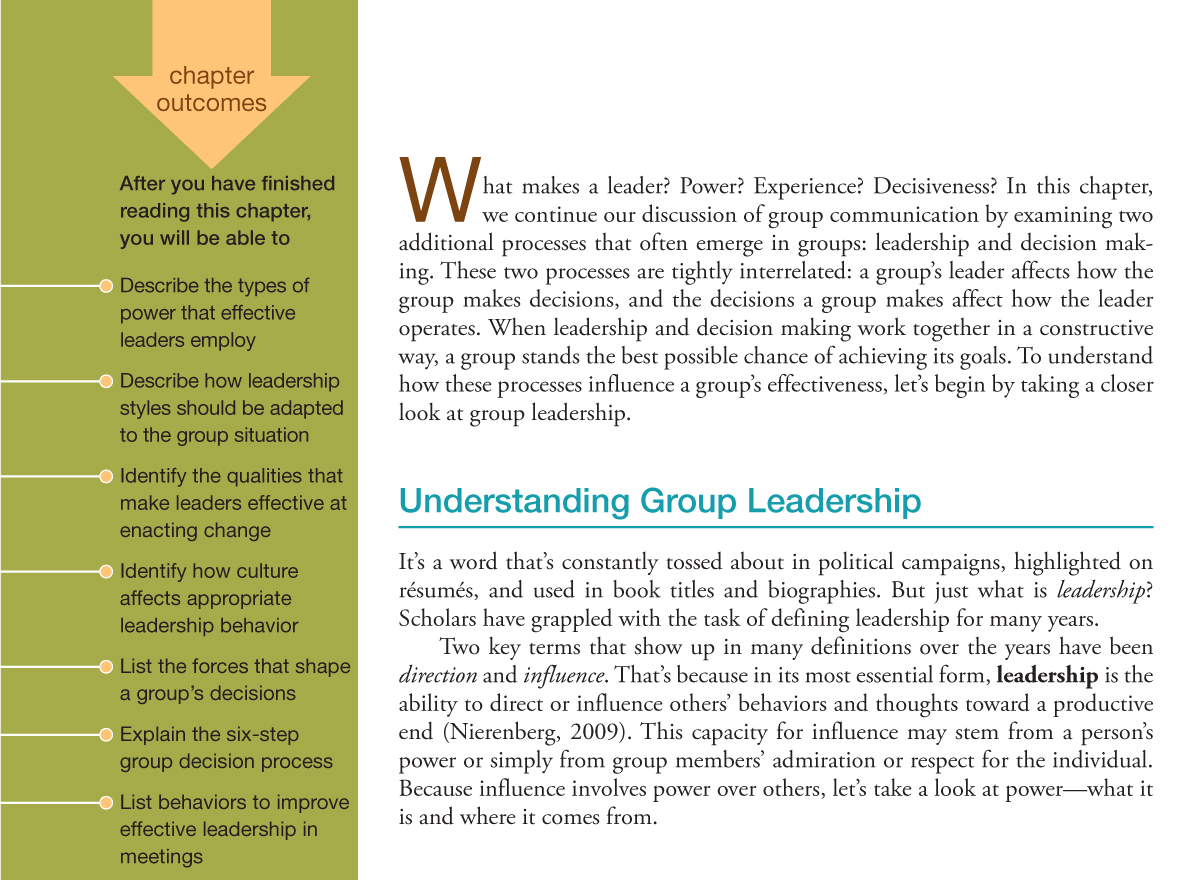Prepare to Read
Ashley is a competitive runner, and before every race she scouts the course to learn its twists and turns. Ethan is a chef. Before creating a feast, he reviews the recipes involved and gathers all the ingredients and tools he’ll need. Both Ashley and Ethan know that preparation is critical for excelling at their work because preparation gives them an advantage: It helps them get ready for what’s coming and focus on the task at hand. Reading is also an activity that requires preparation. Try the following tips so that you’re ready to read.
Evaluate the Amount of Reading You Have to Do
Figure out how much you have to read and how long it will take you. That way, you can build enough time into your schedule to complete your assignments. Keep in mind that not every reading assignment will take the same amount of time and that each person reads at a different pace. For example, you might read novels in your English literature course relatively quickly, while reading chapters in your algebra book might take longer — or vice versa. And in some classes you may need to read the material more than once to learn it, so you’ll have to budget extra time for reading. It can be tricky to estimate these time frames at first, so just do your best. With experience, you’ll get better at figuring out how long each assignment will take you.
Preview the Material
Previewing not only gives you a big-picture overview of what you’ll be reading but also helps you read more actively. It helps your mind to predict the subject matter and to think about how information you already know relates to what you’re about to read.2 The next time you open up your textbook, take these steps to preview what’s coming.
Read the preface or introduction. Review the preface or introduction at the beginning of the book. Authors use these sections to describe the book’s chapter structure and goals and to offer tips about how to use the material in each chapter. In the preface of this book, for example, we explain why we’ve included features such as Voices of Experience and Spotlight on Research in every chapter.
Read the table of contents. At the beginning of any textbook is a table of contents listing the main and supporting headings for each chapter, and often the major features in each chapter. Before you begin an assignment, glance at the contents for the chapter you’re about to read.
Read the chapter summary. Many textbooks (including this one) provide chapter summaries, which give an overview of the contents of each chapter and highlight the main ideas. Scan the summary before you read.
Look for headings and key terms. Skim through the chapter, looking at section headings, bold or italicized words, and definitions of key terms in the margins. All of these indicate the important concepts you’ll be learning in the chapter.

Identify Purposeful Reading Questions
After you preview the material, think of questions you expect to be able to answer once you’ve finished reading. These are called purposeful reading questions because your goal (purpose) in reading the material will be to answer them. Identifying these questions helps you focus your reading on what’s most important. Purposeful reading questions vary in complexity; for example, you might want to know the definition of a term (low level of complexity) or the causes of an event (higher level of complexity).
Purposeful Reading Questions: Specific questions you want to be able to answer when you’ve finished reading.
How, precisely, do you go about identifying purposeful reading questions? You’ve got several options. Sometimes, the material itself provides questions you can use. For example, many textbooks include focus questions at the beginning of each chapter or review questions at the end of each chapter that spotlight which concepts the authors consider most important (see Figure 6.3).

You can also create your own purposeful reading questions. Keep it simple at first by drafting questions drawn from the chapter’s headings and key terms. For instance, if a heading in your calculus book is “Polynomials,” you could create the question “What are polynomials?” Then work up to more complex questions, such as, “What are different kinds of polynomials?,” “How are polynomial equations solved?,” and “How are polynomials used in mathematics and science?” Here are some additional examples of purposeful reading questions you might create in a variety of classes.
“What were three causes of the War of 1812?” (American history class)
Page 131“What’s the difference between the unconditioned and the conditioned stimulus in classical conditioning?” (Introduction to Psychology class)
“How do I diagram the components of a nerve cell and describe the major function of each component?” (Introduction to Biology class)
“How can I apply the three steps in the active reading strategy?” (this class)
When you create purposeful reading questions, you use your critical thinking skills. You gather information by skimming chapters, summaries, tables of contents, headings, and key terms. You evaluate the information when you figure out what questions to ask. And later, when you read, you apply the new information from the chapter as you answer your own questions.
ACTIVITY: Divide the class into groups. Assign each group a preparing-to-read strategy (evaluating the amount of reading you have to do, previewing the material, etc.). Have each group teach the concept back to the class using the textbook to demonstrate each strategy.
ACTIVITY: Divide the class into pairs. Allow five to ten minutes for each pair to create three purposeful reading questions for this chapter. Ask the students in each pair to share their questions with the class.
Use Similar Strategies with All Your Reading Materials
What if you’re preparing to read something other than a textbook chapter — something that doesn’t have a preface, a table of contents, or boldfaced key terms? You can still use many of the same strategies. For example, you can estimate how much time you’ll need to read the material, you can skim the first few paragraphs to get a sense of what the material will cover, and you can scan any headings to get a sense of key points and to create purposeful reading questions. The bottom line? Preparing to read is an effective strategy for all types of reading materials — not just textbooks.